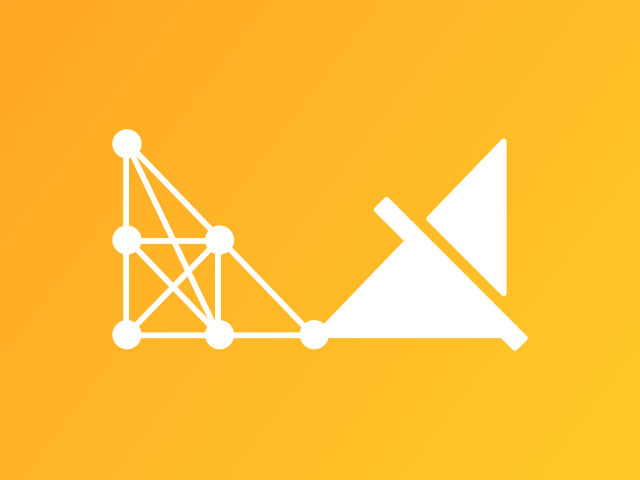This week, I came across two pieces of news that would make any Web developer jump with joy.
Till now, Progressive Web Apps could just be added to your home screen, and that was it. That was as far as you could go. This week, the Chrome team announced that soon, users will be able to “install” web apps to their device. This means, the apps will get their own storage, notifications and app drawer listing. They will essentially be turned into APKs on the fly, from what I understand.
Furthermore, Chrome is also implementing the Web Share API, which lets you provide a “share” functionality that is integrated into the user’s device, and your users can carry your content to whatever app they wish. Far better than the generic limited social network buttons in your footer.
These, along with the numerous other efforts going on to provide standards-based native functionalities to the Web, make me extremely excited about the future of the Web. I hope to share more such news in the coming weeks.
Intending no pun,
Darshak
